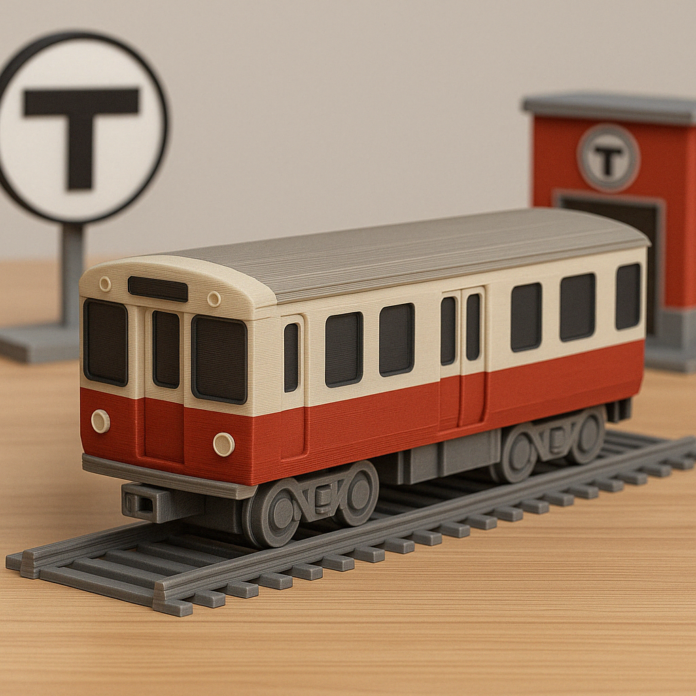Boston is known for its deep history, rich culture, and iconic public transportation system—the MBTA. Whether you’re a commuter, an architecture enthusiast, or a maker who loves printing, the MBTA offers an exciting opportunity to bring transit to life in miniature form. The MBTA 3D print model concept is growing among hobbyists, educators, and fans of Boston’s cityscape. This idea combines art, engineering, and storytelling. With a 3D printer, you can build a realistic train car, a familiar station, or a stylised route map. You don’t need to be an expert to get started.

Why 3D Print the MBTA?
The MBTA, or Massachusetts Bay Transportation Authority, is one of the oldest and busiest transit systems in the U.S. Its trains, stations, and signs have become cultural symbols. The Orange Line, Red Line, Green Line, and Blue Line each carry their own identity.
Printing MBTA models lets you keep a piece of that identity with you. It could be a Red Line car for your desk, a model of Park Street Station for your shelf, or even a functional subway map with Braille for inclusive design projects.
Here are some reasons people are printing MBTA models:
- Educational Tools – Teach students about city planning or public transit.
- Collector’s Displays – Add a Boston touch to your model train layout.
- Gifts – Unique and personal souvenirs for locals or travellers.
- Accessibility Projects – Print tactile maps or signs for people who are visually impaired.
- Architectural Models – Great for urban planning and presentations.
What You Can Create with an MBTA 3D Print Model
There’s no limit to what you can build. Some popular model ideas include:
- Red Line and Orange Line subway cars
- Station signs like “Harvard” or “Downtown Crossing”
- Raised MBTA maps with Braille labels
- Miniature platforms and escalators
- Replica CharlieCard fare readers
- Historic train cars no longer in use
- Many hobbyists create full-scale dioramas of stations with custom lighting. Others keep it simple with just the train car and a display stand.
Filaments to Use for Your MBTA Model
- Material matters. Choose the right filament for detail, durability, and colour.
- PLA: Easy to print, inexpensive, perfect for models. Comes in various colours to match MBTA lines.
- PETG: Stronger and slightly flexible. Ideal if your model needs moving parts.
- Resin (SLA): Best for intricate detail. Useful for small signage or decorative pieces.
- Multicolour PLA: Allows for colour changes without painting. Great for line-themed models.
- Most desktop printers can handle PLA and PETG. Use PLA for simple prints. Use PETG for something more functional or durable.
Tips for a Clean and Detailed Print
- Use high-resolution settings – Layer height of 0.1–0.2 mm is ideal.
- Slow down print speed – More detail, better finish.
- Split complex models – Print roofs, sides, and windows separately.
- Sand and paint – Add realism after printing.
- Use a glue stick or a textured bed – this keeps your parts secure during printing.
If printing a station, start with basic blocks, such as walls and platforms. Add small features like ticket machines or ads later.
Designing Your Own MBTA Model
Can’t find the exact train or station you’re looking for? Design your own.
Use beginner-friendly tools like Tinkercad or move to advanced options like Fusion 360 or Blender. Start simple. Sketch the outline of a train car. Add features like windows, headlights, and doors.
Export as STL and slice for your 3D printer. You can also remix existing designs to match your vision.
MBTA 3D Models for Education and STEM
Teachers are using 3D printed MBTA models to teach:
- Urban design
- Mechanical engineering
- Transit logistics
- Accessibility awareness
Models help students visualise how cities move. Adding sensors or motors can turn static trains into interactive learning tools. They’re also used in history classes to explore Boston’s development.
For Fans and Model Train Collectors
MBTA trains are unique. Their shape, colour, and legacy appeal to model collectors.
Recreate the Red Line’s Broadway Station with accurate signage. Print a historic PCC streetcar from the Green Line. Add lighting for a professional display. Many collectors use HO or N scale to match other train models. 3D printing allows full customisation to fit your layout.
Benefits of Printing Your Own MBTA Model
- Creative freedom – Choose what to build, how big, and how detailed.
- Local pride – Show your connection to Boston.
- Hands-on learning – Great for students and engineers.
- Cost-effective – No need to buy expensive commercial models.
- Customizable gifts – Make something truly one-of-a-kind.
3D printed models are also lightweight, easy to repair, and fun to build with friends or family.
READ MORE – Best 3d Print Filament for Functional Parts
FAQs:
1. Can I 3D print a working MBTA train model?
Yes. You can add small motors or wheels. It requires some skill, but it’s very doable for experienced makers.
2. What scale is best for MBTA models?
HO scale (1:87) is popular for collectors. For education or display, 1:50 or 1:32 scale also works well.
3. Where can I find STL files for MBTA models?
Try searching online using terms like “MBTA 3D train STL” or “Boston subway model.” You can also design your own.
4. Can I print MBTA station signs or maps?
Absolutely. Many users create signage and maps, including tactile versions for accessibility.
5. What’s the best material for MBTA 3D models?
PLA is best for decorative models. Use PETG for moving parts or extra strength. Resin works well for small, detailed features.
Conclusion
The MBTA 3D print model initiative goes beyond trains. It’s about personally and artistically capturing a bit of Boston’s soul and past. Whether you’re building a model for school, for your house, or just for enjoyment, it links you to the city and its tradition of movement. You need not be a professional designer. Begin with one sign or an automobile. Put it down. Colour it. Build your collection one piece at a time. With each project, you’ll learn more about the transit system—and about your own creativity. From the Red Line’s rumble to the Orange Line’s sleek redesign, every part of the T tells a story. Now, it’s your turn to print that story and share it with the world.




